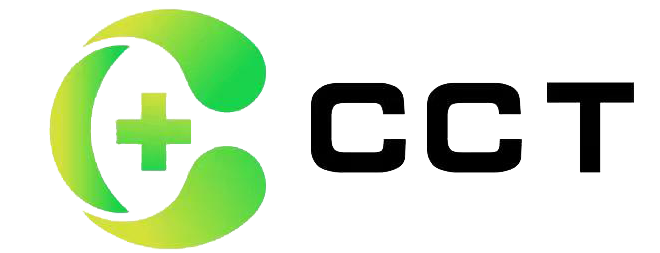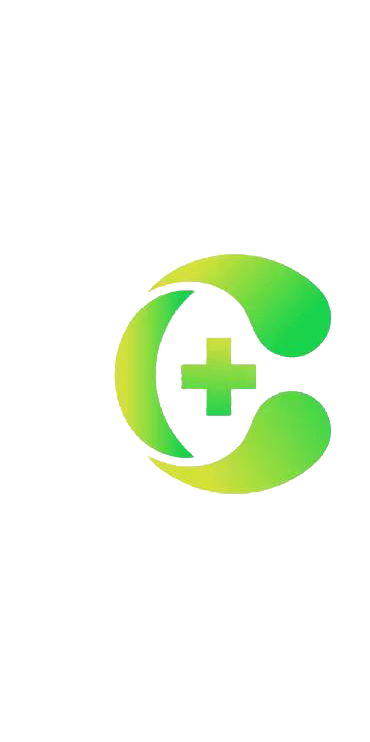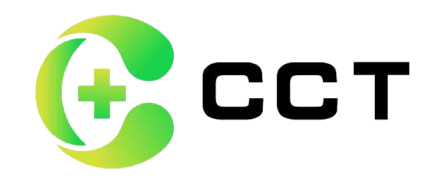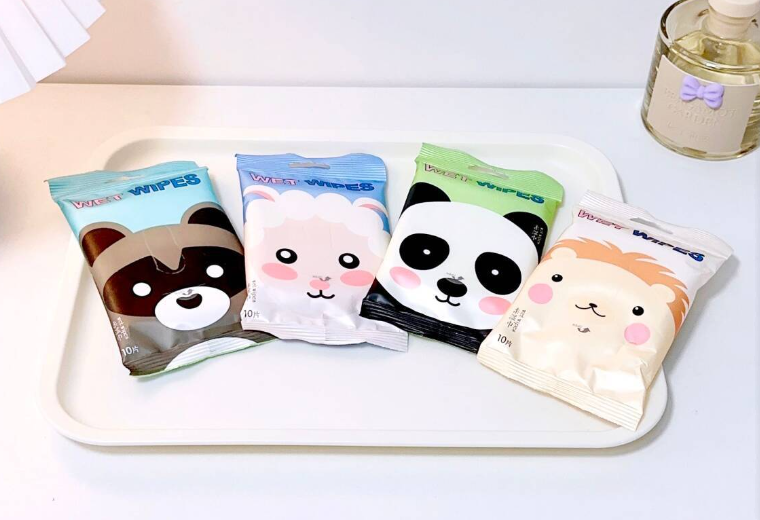The History of Hydroentanglement Nonwoven Fabrics: A Lightweight “Revolutionary” Journey
Hello everyone, today I would like to talk to you about a material that we may not be so familiar with in our lives, but is very common – spunlace nonwoven fabrics. When it comes to nonwoven fabrics, most people’s first reaction may be that it is soft, thin, and a bit of “cloth” texture, such as facial tissues, baby wipes, and even some medical dressings, and a lot of daily necessities can be seen in the figure of it. How did this seemingly “lightweight” material come about? What is the history of its development?
The early concept of “nonwovens”: an accident of nature
The concept of nonwovens is not really new. As early as the beginning of the 20th century, scientists were experimenting with different ways to create fabrics that did not need to be woven or knitted. The earliest nonwovens were usually made by bonding fibers together through some mechanical method, such as pressing. However, this method was inefficient and the properties of the finished product were limited. At that time, the term “nonwoven” was understood to be more of a variation of “nonwoven” or “textile”, and had not yet fully developed into the industry standard it is today.
Hydroentangled Nonwovens: A Revolutionary Breakthrough
The key breakthrough that really made Hydroentangled Nonwoven Fabrics “mainstream” occurred in the 1960s. At that time, scientists discovered that fibers could be spun into fabrics by means of a high-pressure stream of water, eliminating the need for traditional weaving or knitting processes. Simply put, water was used as a “connector” to allow fibers to intertwine with each other to form a mesh. This technology is not only more efficient, but also produces better quality nonwoven fabrics that feel more like natural fabrics, with dramatically improved feel and durability.
The emergence of this innovative technology not only improves the production efficiency of nonwovens, but also expands their areas of application, especially in consumer goods and healthcare products. Compared with traditional nonwovens, hydroentangled nonwovens are more flexible and absorbent, making them the “star material” for many sanitary napkins, baby diapers, wet wipes and medical dressings.
Technology upgrades: from “water” to “smart”
In the 1980s and 1990s, hydroentangled nonwovens technology matured and began to explore more functionality. For example, scientists began to adjust the pressure of the water flow, fiber type and orientation and other factors, to create a more diverse range of hydroentangled nonwoven fabrics. Some became thinner and more breathable, while others possessed higher strength and abrasion resistance, and could even be made into special materials with waterproof or antibacterial functions.
In the 21st century, with the popularization of environmental protection concepts and technological advances, spunlace nonwovens have also made new breakthroughs in environmental protection and sustainability. For example, many manufacturers have begun to use renewable resources (e.g. plant-based fibers) to produce hydroentangled nonwovens, reducing the burden on the environment. In addition, the production process of spunlace nonwovens has become more energy-efficient, gradually moving in the direction of green and low-carbon emissions.
The application of spunlace nonwoven fabrics: the ubiquitous “invisible hero”.
When it comes to the application of hydroentangled nonwoven fabrics, the first reaction may be that it is mainly found in sanitary products, in fact, its use has long been far beyond this scope. You will be surprised to find that spunlace nonwovens have actually penetrated into every aspect of our lives:
● Medical field:
dressings, surgical gowns, gloves, masks, etc. Hydroentangled nonwovens have become the material of choice for sterile products because of their softness, breathability and high water absorption.
● Household products:
Some high-end cleaning cloths, curtains, furniture dust covers, etc. are also often made of hydroentangled nonwoven fabrics, as its texture and functionality are well suited for this purpose.
● Automotive industry:
Hydroentangled nonwovens are also used in automotive interiors as sound insulation, filtration and moisture absorption materials, silently enhancing the driving experience.
● Eco-friendly products:
Since hydroentangled nonwoven fabric is biodegradable, it has also found its place in eco-friendly products, such as disposable tableware and garbage bags.
Applications of spunlace nonwoven fabrics in daily life
You will be surprised to find that many of the things you see in your daily life are actually closely related to hydroentangled nonwoven fabrics! This kind of material with its high efficiency, environmental protection, comfortable characteristics, has quietly penetrated into every aspect of our lives. Next, let’s take stock of those you would not expect the “spunlace” products!
1. Wet wipes, baby wipes
You may not realize that many wet wipes and baby wipes on the market are made of hydroentangled nonwoven fabric! This material is not only soft and skin-friendly, but also has strong water absorption and cleaning power. Compared to ordinary paper towels or textile fabrics, hydroentangled nonwovens can withstand liquids better, do not break easily when used, and are gentle on the skin, making them ideal for wiping sensitive baby skin.
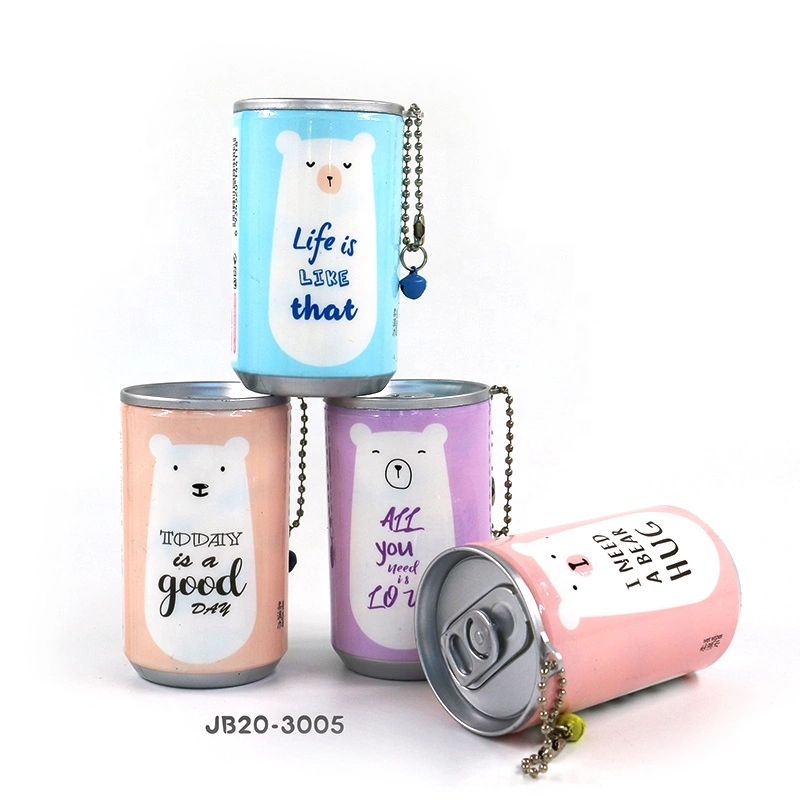
Buy spunlace non woven fabric for wet wipes
2. Sanitary napkins, diapers
For women and babies, sanitary napkins and diapers are indispensable daily products in our life. Hydroentangled nonwoven fabric is one of the core materials for these products due to its super absorbency and comfort. It ensures comfort while maintaining good breathability to minimize stuffiness and eczema problems, and also effectively locks in liquids to keep you dry.
3. Medical disposable dressings
You may not have noticed that hydroentangled nonwoven fabrics are also behind many of the disposable dressings, surgical gowns and masks used in hospitals. Due to its soft, breathable and non-irritating texture, hydroentangled nonwoven is ideal for use as a medical supply to help keep patients clean and dry while avoiding skin irritation. Its high strength and low weight also make the dressing very comfortable and less likely to break.
4. Masks
During the epidemic, masks became an essential piece of equipment in everyone’s daily life. You may not realize that most disposable masks, especially medical masks, use hydroentangled nonwoven fabric for the inner nonwoven layer. This material is not only effective in filtering tiny particles in the air, but also has good comfort and breathability, so that we can wear the mask for a long time without feeling stuffy and breathable.
5. Car interior
When you are sitting in the car, you may have never thought that there are spunlace nonwoven fabrics in the seats, door upholstery or roof liner around you. Hydroentangled nonwoven fabrics are widely used in the automotive industry because of their high strength, flexibility and sound-absorbing properties. It helps car owners enjoy a quieter driving experience, but also improves the comfort and environmental friendliness of the interior, and reduces the burden of material use on the environment.
6. Home cleaning cloth
Hydroentangled nonwoven fabrics are also used in many daily cleaning tools such as home cleaning cloths, table wipes and mop cloths. Its softness and absorbency allow it to quickly absorb moisture and dirt during cleaning without easily leaving scratches or damaging the surface. Compared with traditional cotton fabrics, hydroentangled nonwoven fabrics are more effective in cleaning and less prone to wear and tear.
7. Disposable tableware (e.g. paper cups, napkins)
When eating out, those disposable tableware (paper napkins, paper cups, paper bags, etc.) that you find so common may also contain hydroentangled nonwoven fabrics. Hydroentangled nonwoven is often used in napkins and fast food packaging because it is ideal for contact with food and it is more environmentally friendly and can be degraded quickly to reduce environmental pollution.
8. Household curtains and furniture dust covers
Some high-end curtains, sofa covers or furniture dust covers also use hydroentangled nonwoven material. Because it not only has good air permeability and antibacterial properties, can prevent dust from entering, but also play a certain sound insulation effect. Coupled with its lightweight and easy-to-clean features, it has become an ideal choice for household products.
9. Disposable sheets and bath towels
In some hotels, hospitals or beauty parlors, we often see disposable bed sheets and bath towels, and many of the underlying materials of these products are also hydroentangled nonwoven fabrics. Its benefits are cheap, lightweight, and can be discarded after one use, avoiding the trouble of cleaning traditional fabrics. Moreover, hydroentangled nonwoven fabrics are very absorbent and can bring a comfortable experience.
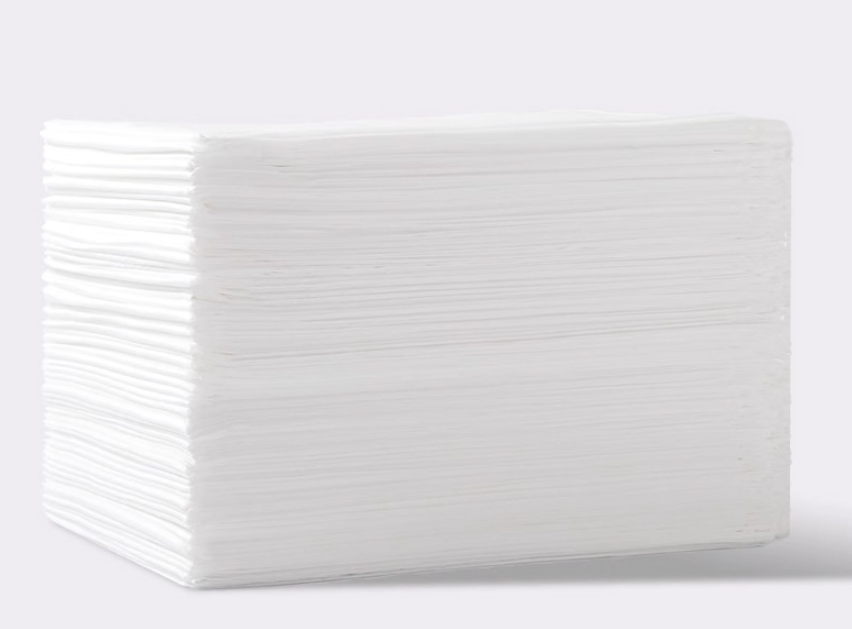
10. Agricultural Appliances
Hydroentangled nonwoven fabrics are even used in agriculture! For example, farmers use it to make “shade nets” or “greenhouse films” to help shield crops from strong sunlight and control temperatures. The breathability and weather resistance of hydroentangled nonwovens make them an ideal “umbrella” in agriculture, promoting crop growth.
After reading so much, don’t you find that hydroentangled nonwoven fabrics are really everywhere? From personal hygiene products to medical supplies, from car interiors to household cleaning, spunlace nonwovens have become the “hidden heroes” of many industries through their unique advantages – soft, absorbent, durable and environmentally friendly. Hidden Heroes” in many industries. Next time you use wet wipes, eat takeout, or even in the car, think about it, behind these seemingly simple items, in fact, may be the silent contribution of hydroentangled nonwovens Oh!
Conclusion: The evolution from “water” to “cloth”.
The history of spunlace is a story of technological innovation combined with market demand. Its emergence solved the limitations of traditional textile technology, bringing more efficient, more environmentally friendly and higher quality products. Nowadays, spunlace is not only a “dark horse” in the textile industry, but also plays an increasingly important role in our daily life, and has become an “invisible” contributor around us.
If you have the opportunity to contact with hydroentangled nonwoven fabrics, you may want to carefully touch and feel the “light” revolution that this technology has brought to our lives! I hope you can also have a deeper understanding of it, the next time in the purchase of related products, but also know the “little secret” behind it.
